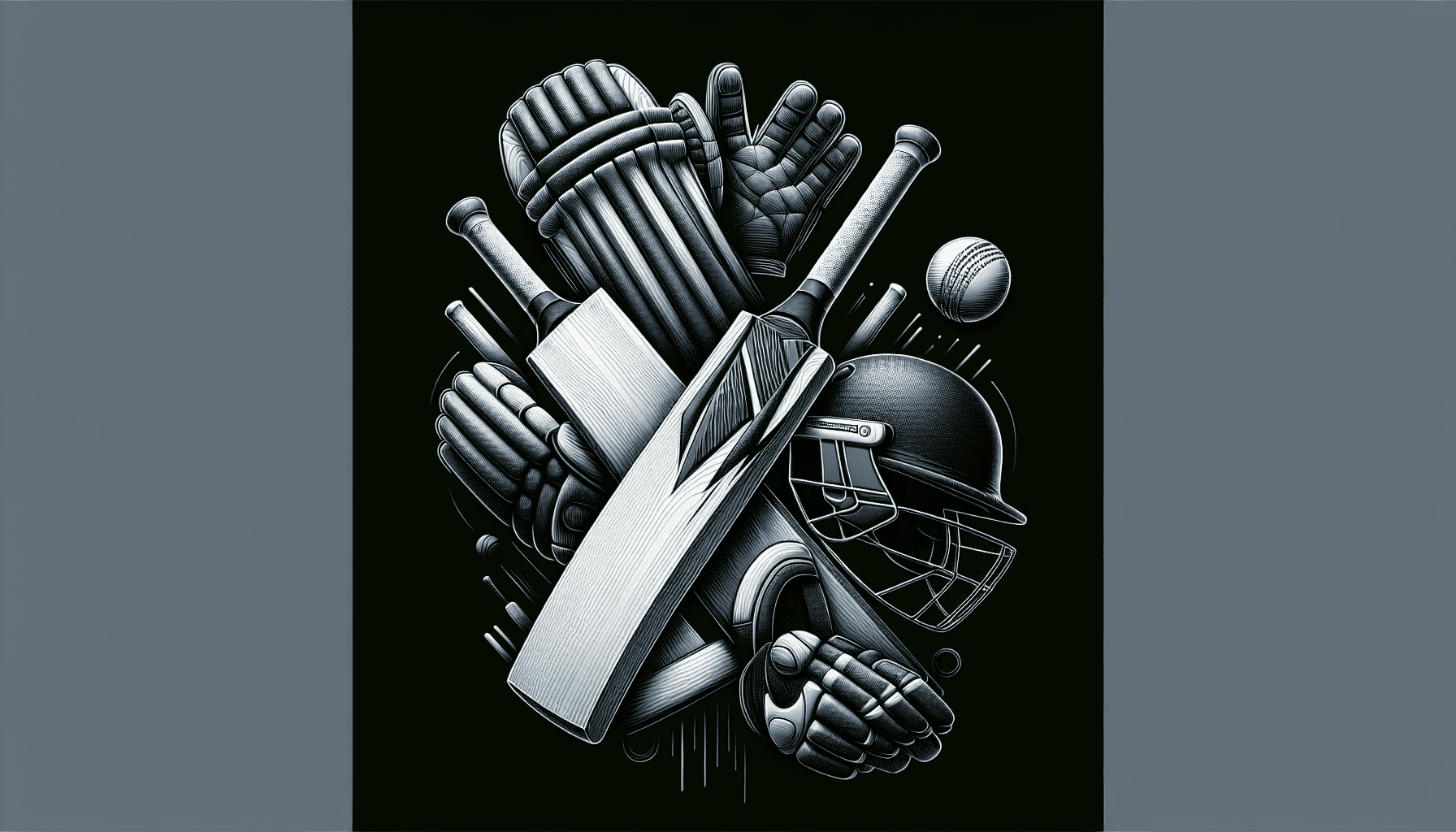Cricket, often hailed as a gentleman's game, has seen a remarkable evolution in its equipment over the years. From the rudimentary tools of yesteryears to the cutting-edge gear used today, the transformation is a testament to technological advancements and an increased focus on player safety and performance. This article delves into the journey of cricket equipment, highlighting key changes and innovations.
The Cricket Bat: From Timber to Triumph
The Early Days
The cricket bat, a symbol of the sport, has undergone significant changes since the early 18th century. Initially, bats resembled hockey sticks, with a pronounced curve to play along the ground. Early bats were nothing more than a sturdy piece of timber, heavy and unwieldy by today’s standards.
The Flat Bat
By the mid-18th century, the design evolved into the flat-fronted bat we recognize today. The invention of straight, willow bats allowed for greater control and power, revolutionizing stroke play. English willow became the preferred material due to its light weight and durability, and remains so to this day.
Modern Bats
The modern era has seen the advent of advanced technologies in bat-making. Computer-aided design, precision engineering, and constant research have led to bats that maximize performance. The introduction of carbon handles, anti-twist mechanisms, and enhanced pressing techniques have allowed players to strike harder and longer with greater ease.
Protective Gear: Enhancing Safety
Pads and Gloves
Early cricket was played with minimal protection. By the late 19th century, padded leg guards (pads) and gloves became common, offering some degree of protection against fast deliveries. These early versions were rudimentary, often made from simple leather and cotton stuffing.
Helmets and Modern Armor
The 1970s and 80s saw a paradigm shift with the introduction of helmets, initially met with resistance but quickly adopted for the immense protection they offered. Modern helmets are constructed from lightweight composite materials, featuring high-impact resistance, integrated visors, and advanced padding.
Pads and gloves have also evolved, now featuring high-density foam, better ergonomics, and enhanced flexibility. Chest guards, arm guards, and thigh pads have become essential parts of a player’s armor, designed using advanced materials to absorb and dissipate impact forces, reducing the risk of injuries.
Footwear: From Simple Shoes to Specialist Gear
Cricket footwear has transitioned from simple leather shoes to highly specialized gear. Modern cricket shoes are designed for specific roles, whether for batsmen, bowlers, or fielders. Incorporating features like spike configurations for better grip, lightweight and breathable materials, and cushioned soles to absorb shock, these shoes help players perform at their best while reducing the risk of injuries.
Wicketkeeping Gear: Precision and Protection
Wicketkeepers, the unsung heroes behind the stumps, have witnessed substantial improvements in their equipment. Modern wicketkeeping gloves are crafted with better fitting, cushioned palms, and reinforced finger compartments, allowing keepers to handle high-speed deliveries with confidence. Pads for wicketkeepers have also become lighter and more protective, giving them the agility needed for swift movements.
The Influence of Technology
The role of technology in cricket equipment cannot be overstated. Innovations like computer-aided modeling, advanced synthetic materials, and rigorous testing have led to equipment that enhances performance while ensuring player safety. Smart technology is being explored, with sensor-embedded gear to monitor conditions like bat speed, impact force, and player fitness in real-time.
Conclusion
The evolution of cricket equipment reflects the sport's dynamic nature and the continuous push towards excellence. Every innovation, from the design of the humble cricket bat to the sophisticated protective gear, underscores the blend of tradition and technology. As cricket continues to grow, one can anticipate further advancements that will make the game safer, more exciting, and more accessible to players and fans alike. The journey of cricket equipment mirrors the broader narrative of the sport itself – one of heritage, innovation, and unwavering passion.
